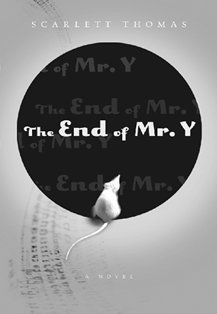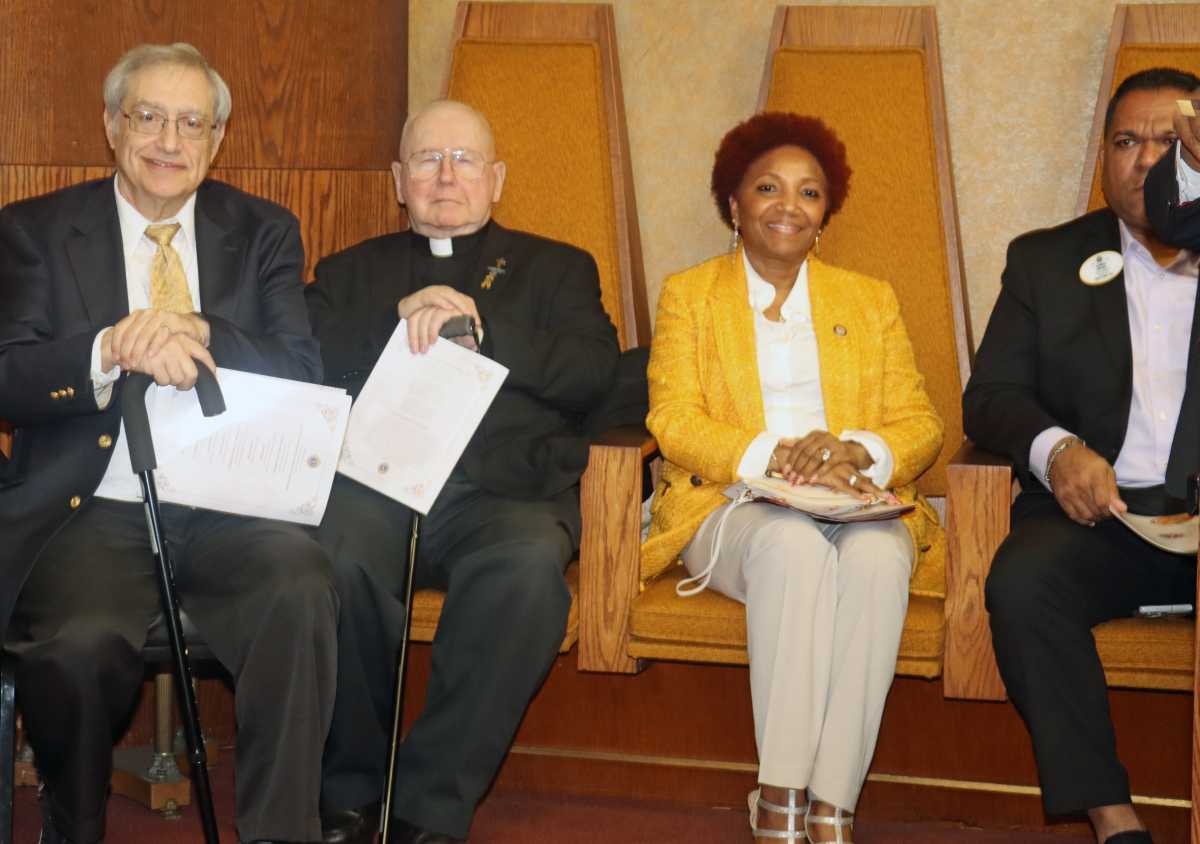By Orli Van Mourik
Thomas’ quest began in 2004 with her novel, “PopCo,” a story that used mathematics and cryptanalysis to critique contemporary consumer culture. In her latest book, “The End of Mr. Y,” she continues her campaign to bring lit-geeks into the 21st century. This time she takes readers on a journey through the ecstatically strange world of quantum physics — a world where the physical universe continually bumps up against the existential questions that have stymied philosophers for centuries: What is the nature of the self? Is there a god? Where does consciousness end and matter begin?
Does your head hurt yet? It will. But it’s worth it.
Like many of her characters, Thomas is alarmingly erudite, and “The End of Mr. Y” contains a dizzying array of intellectual ideas. Thomas’ ideal reader would be familiar with the theories of thinkers ranging from Einstein to Heidegger, Samuel Butler to Derrida, and Max Plank to Erasmus Darwin (that’s Darwin’s grandfather for the uninitiated). He would also be well versed in particle physics, homeopathy and phenomenology. A rare soul, indeed.
On paper, this book sounds tortuously post-modern. It isn’t. Thomas is a firm believer in traditional narrative conventions, like character, plot and suspense. This woman may be scary smart, but she still knows how to spin a good yarn. “The End of Mr. Y” opens with an image so jarring you can’t help but read on. A concrete building is spontaneously breaking apart: Thomas writes, “It’s falling down . . . like a little [toy] horse mounted on a wooden button. When you press the button from underneath, the horse collapses to its knees.” Even in those rare instances when the reader begins to sink beneath the weight of her ideas, the story remains buoyant enough to serve as a life raft.
The narrator of “The End of Mr. Y,” is Ariel Mantos, a young writer, whose chief pleasures are solitude, rumination, and caffeine. Ariel has been writing a column called “Free Association,” which explores any ideas that happen to strike her fancy. She started out trying to untangle the theory of the Big Bang three years before the book opens. This led her to “the properties of hydrogen, the speed of light, relativity, [and] quantum mechanics,” among other topics. She is, in short, a born Ph.D. candidate.
Enter Saul Burlem, a literature professor whose pet project is analyzing the work of an obscure 19th century English author named Thomas E. Lumas. Ariel has also developed a passion for Lumas, who frequently toys with the idea of a fourth dimension — an area of study she became obsessed with during her tour of the modern sciences. She and Burlem strike up a conversation at a university talk, and — because this is fiction — he immediately starts prodding her to apply for a Ph.D. in his program. She does, and is accepted. Within weeks of her arrival, Burlem disappears.
Meanwhile, Ariel unearths a copy of Lumas’ rarest book: a novel called “The End of Mr. Y.” Only one other copy is known to exist, and it’s been locked away in a vault somewhere in Germany for years. Lumas scholars have spent decades trying to piece together what it’s about, but they know only one thing for sure: 19th century readers were convinced the book was cursed. Everyone who’s ever read it has died. Naturally, Ariel immediately shuts herself up in her drafty flat and starts reading it.
In the story, Mr. Y goes on a hallucinogenic journey into a parallel world, known as the Troposphere, where he finds he can inhabit other people’s minds, a la “Being John Malkovich.” As Ariel delves deeper into the text, she begins to suspect that Lumas was more of a maverick scientist than a novelist. The prospect of performing psychic space travel is just too intoxicating. She mixes up the formula described in the book and tries to reach the Troposphere herself.
What follows is a novel of ideas dressed up to look like a thriller, replete with CIA operatives gone bad. The discerning reader will glean the morale of the story from the title. Thomas’ heroine is searching for “the end of mystery.” Ariel’s willingness to sacrifice herself on the altar of intellectualism is fueled by her to need for answers, because, as she says, there is “a high probability that if you know everything, they’ll be something to actually believe in.” Her immersion in the world of theoretical physics does, in fact, deliver the answers she pined for, though they aren’t quite as consoling as she’d hoped.
“The End of Mr. Y” is a book for people who desperately wanted to follow Alice down the rabbit hole as children — people who ardently wished they could drink a tincture that changed their vantage point on the world. It will also appeal to those who spent time in college doing just that, and are now searching for a less psychically taxing route to an alternate universe. Thomas is brilliant at translating abstruse scientific concepts into readable prose, and “The End of Mr. Y” gives the curious but untutored a passport into the mind-bending world of contemporary science.
Orli Van Mourik is the author of “Neurontic: Psychology for the Modern Mind” (www.neurontic.com).


































